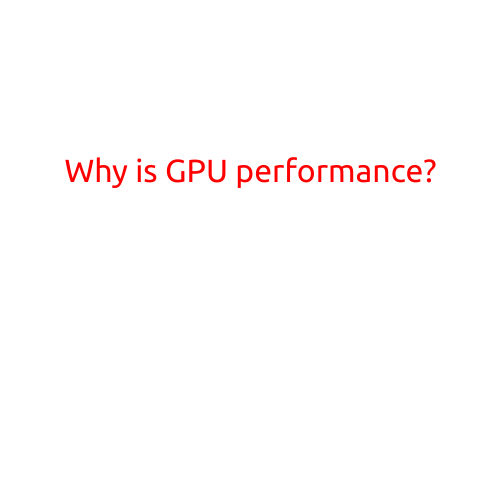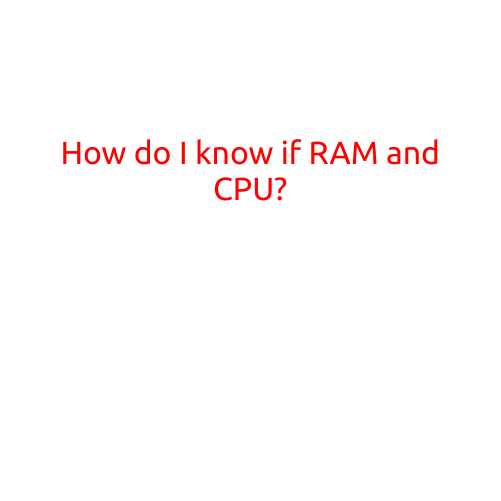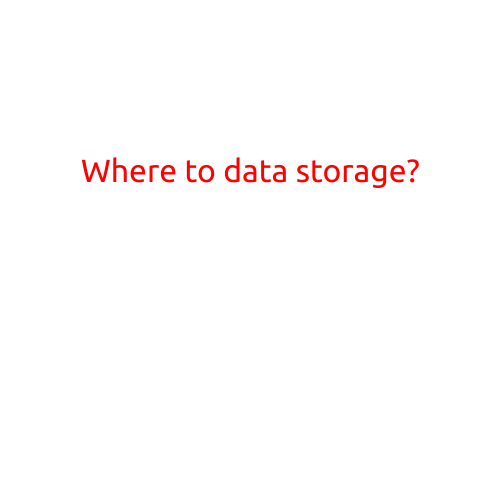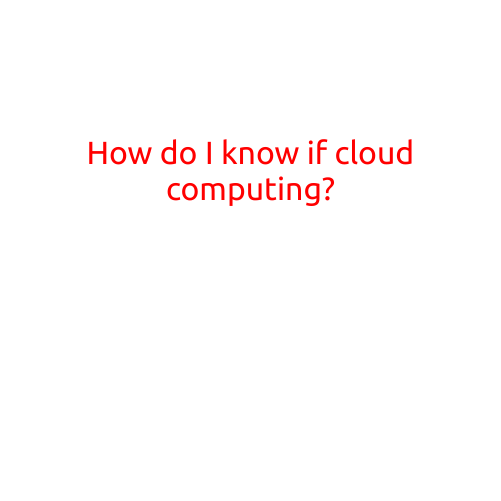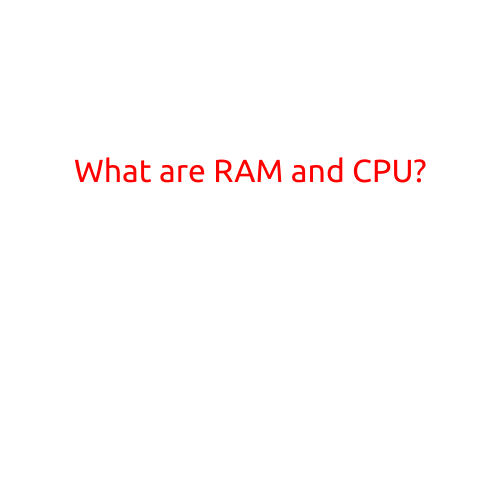
What are RAM and CPU?
When it comes to understanding your computer, two components that play a crucial role in its performance are the RAM and CPU. In this article, we’ll delve into what they are, how they work, and why they’re essential for your computer to function efficiently.
What is RAM?
RAM stands for Random Access Memory. It’s a type of computer storage that temporarily holds data and applications while a computer is running. Think of RAM as a workspace where your computer can quickly access and process information.
RAM is volatile, meaning its contents are lost when the computer is turned off. This is different from hard drives or solid-state drives, which store data even when the computer is powered down.
A computer typically has a minimum of 2-4 GB of RAM, but more modern computers often have 8-16 GB or even more. The more RAM your computer has, the more applications you can run simultaneously without a significant decrease in performance.
What is CPU?
CPU stands for Central Processing Unit. It’s the brain of your computer, responsible for executing most instructions that your computer receives. The CPU takes in instructions from your computer’s operating system and applications, decodes them, and performs the necessary calculations or operations.
A CPU’s primary function is to:
- Fetch: Retrieve an instruction from memory.
- Decode: Interpret the instruction and determine what action to take.
- Execute: Carry out the instruction, which may involve performing calculations, storing data, or controlling other parts of the computer.
CPUs are also responsible for handling tasks such as:
- Arithmetic calculations (e.g., addition, subtraction, multiplication, and division)
- Logical operations (e.g., AND, OR, and NOT)
- Data transfer between different parts of the computer
How do RAM and CPU work together?
When you open an application or access a file, it’s loaded into RAM. The CPU then retrieves the instructions from RAM, decodes them, and executes them. This process is called “fetch-decode-execute” and is the CPU’s primary function.
In other words, the CPU uses the RAM as a high-speed storage device to quickly access and process data. The more RAM available, the more data the CPU can work with simultaneously, resulting in faster performance.
Why are RAM and CPU important?
Both RAM and CPU play critical roles in your computer’s performance. Here are a few reasons why:
- Speed and Efficiency: RAM and CPU work together to quickly access and process data, making your computer feel faster and more responsive.
- Multitasking: With sufficient RAM and CPU power, you can run multiple applications simultaneously without a significant decrease in performance.
- Gaming and Graphics: A strong CPU and sufficient RAM are essential for smooth gaming and graphics performance.
- Productivity: RAM and CPU together enable fast application switching, efficient data processing, and improved overall productivity.
Conclusion
In conclusion, RAM and CPU are two fundamental components of a computer that work together to enable efficient processing and data access. Understanding their roles and importance can help you make informed decisions when building or upgrading your computer.
When selecting a computer or planning an upgrade, consider the following:
- RAM: Aim for at least 8-16 GB of RAM, depending on your usage and requirements.
- CPU: Look for a CPU with a high clock speed (measured in GHz) and multiple cores (at least dual-core, but quad-core or more is recommended).
By making informed choices about your computer’s RAM and CPU, you can ensure that your device runs efficiently, performs well, and meets your needs for years to come.
